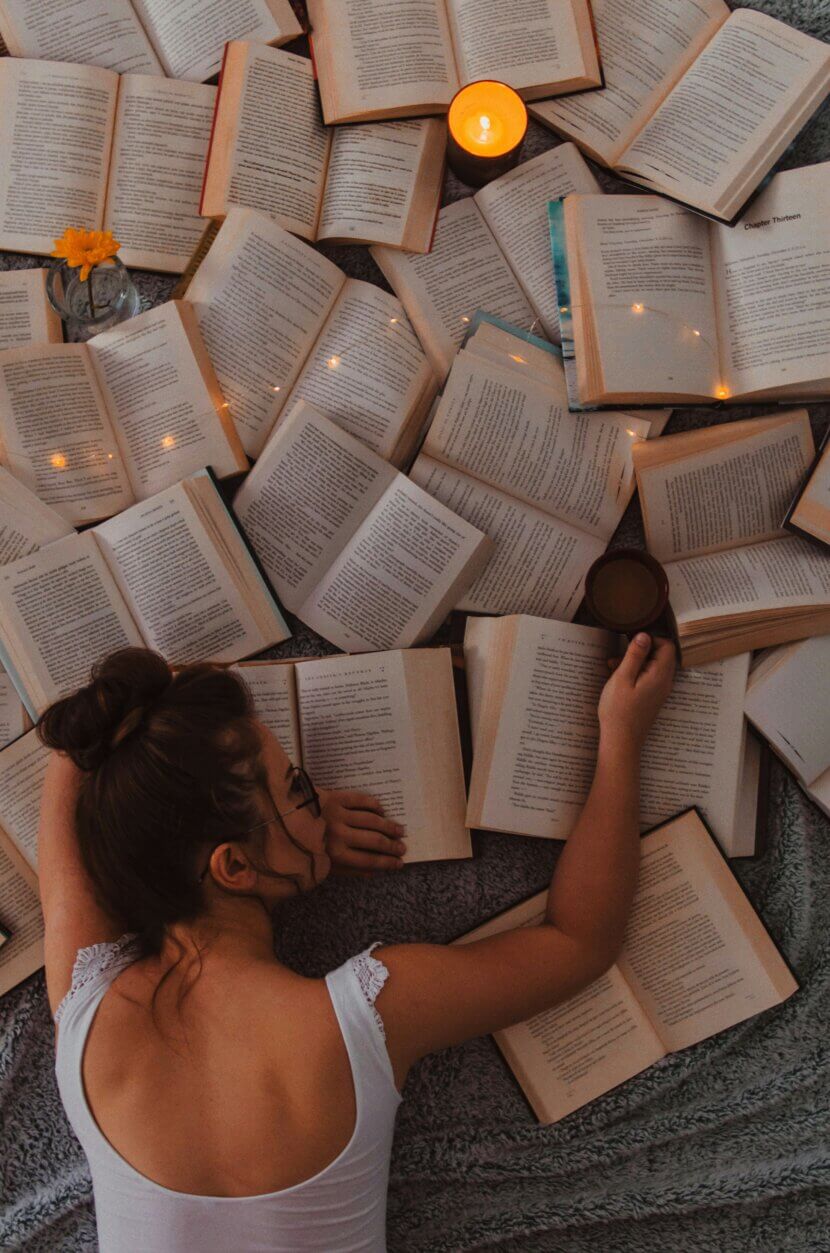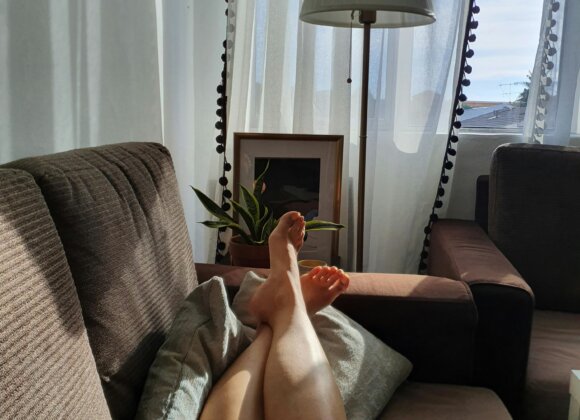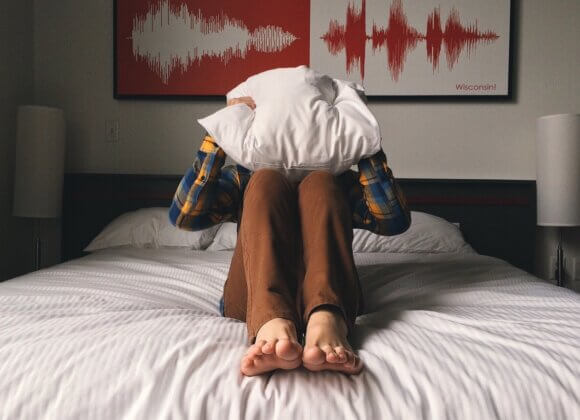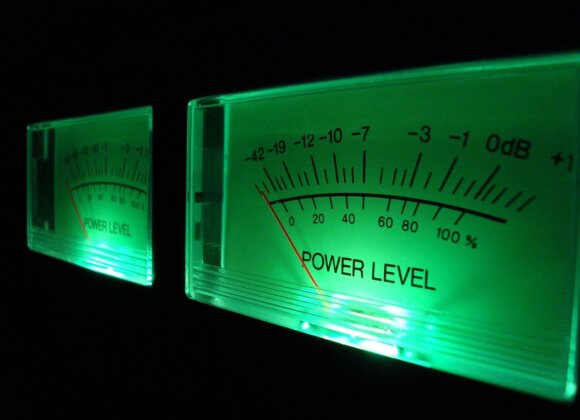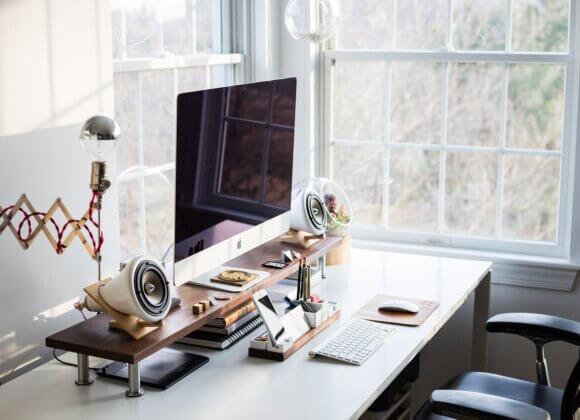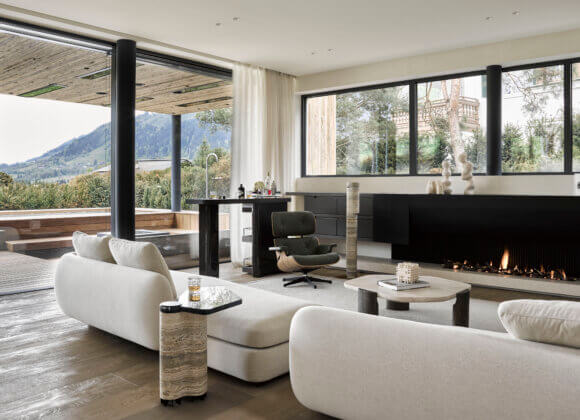In times of streaming and smartphones, analog reading is experiencing a quiet revival. Studies show that just a few minutes with a book can significantly reduce stress levels. We show you how to create the perfect reading corner – from a small niche to a staged book stage.
Reading as a new time-out
Reading is more than just a pastime – it is a conscious counter-movement to the constant digital noise. While Netflix, TikTok and co. are omnipresent in everyday life, the need to slow down is growing in parallel. According to a study by the University of Sussex, just six minutes of reading reduces stress levels by up to 68%. Other studies prove this: Regular reading improves concentration, empathy and even language skills.
Especially in the fall, books are the ideal companion. And with it comes the desire to set up a corner in your own home dedicated entirely to the pleasure of reading.
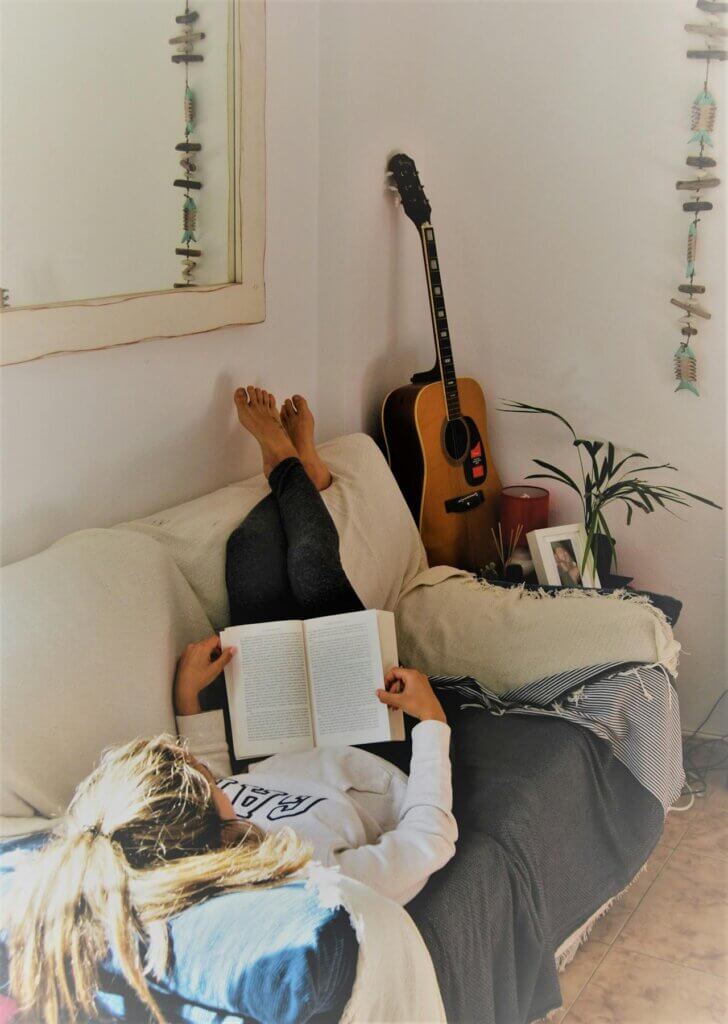
Small rooms, big impact
A reading corner does not need its own room. On the contrary: an unused niche that can be transformed in a few simple steps is often enough.
- Window seats with cushions and blankets are classics – the view outside becomes part of the reading ritual.
- Small alcoves can be created under stairs or in sloping ceilings to create a cozy atmosphere.
- Mobile reading chairs on castors or swivel frames allow flexibility – depending on the lighting mood, your favorite spot can be moved around the room.
Modular bookshelves have additional charm: they can be used as room dividers, creating a private reading zone without taking up too much space.
Light – the key to reading enjoyment in the reading corner
Reading requires concentration – and good lighting is essential. Incorrectly set lighting tires the eyes, whereas correctly set lighting extends reading time well into the evening.
- Floor lamps with warm, focused light create a classic reading area.
- Dimmable wall lights adapt flexibly to the time of day and mood.
- LED spotlights with indirect light distribution ensure uniform brightness and are easy on the eyes.
Especially in the fall and winter, when natural daylight is scarce, artificial lighting plays a key role. Modern systems often work on a circadian basis, i.e. they are based on the natural biorhythm: warm light to wind down in the evening, bright, cool light to start the day.
Design & atmosphere – cocooning with style
In addition to light, the materials and colors of the reading corner are decisive for the feeling of well-being. For example:
- Bouclé or velvet armchairs convey warmth and comfort.
- Heavy curtains or velvet fabrics reinforce the intimate atmosphere.
- Natural wood on shelves and side tables brings calm and grounding.
Colors play a psychological role here: dark green signals balance, ochre and sand convey comfort, deep bordeaux radiates elegance.
Practical details for your reading corner – comfort counts
A reading corner only unfolds its full effect through the small but crucial details. Acoustics play a major role here: carpets, curtains or special acoustic panels absorb disturbing noises and thus create a quiet atmosphere in which reading can take place undisturbed.
Ergonomics are just as important – an armchair with a supportive backrest or an adjustable tilt ensures that even long hours of reading remain comfortable and do not strain the body.
And finally, side tables are a must: They are the silent helpers on which a cup of tea, coffee or even a glass of wine can be placed. They also provide space for reading glasses, notebooks or a small lamp to round off the reading experience.
Books as a lifestyle
Books have long been more than just reading material – they are an expression of personality. Many people consciously organize their library:
- by color to achieve visual effects,
- by topic to provide orientation,
- or they showcase favorite editions in display cases.
The “reading corner” trend has long been established on Instagram: carefully arranged shelves, soft textiles, stylish lamps – a small stage for the big hobby. Books thus become statement pieces that simultaneously convey intellectual flair and personal stories.
Related posts:
How to organize your bookshelf correctly


